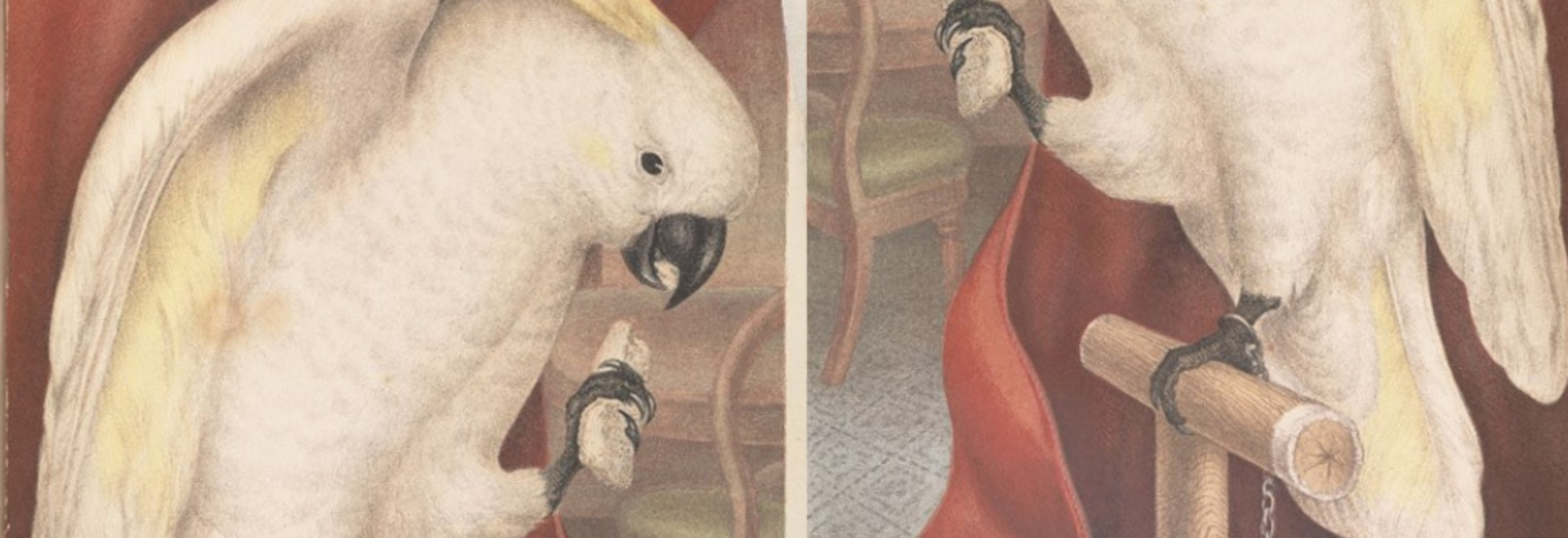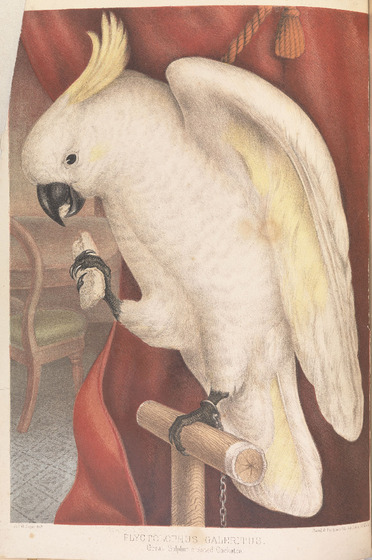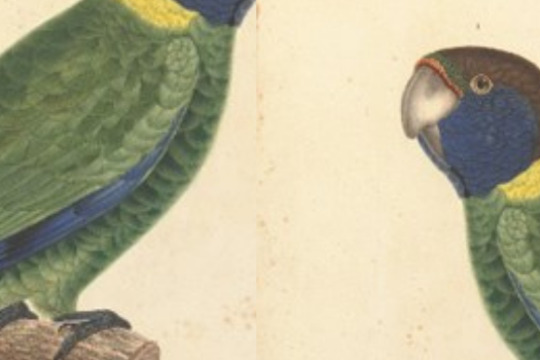Institutional Foundations
Birdwatching was a common pastime transported from England. Immigrants were hungry to understand their new surroundings and the birds and their calls were distinctly different to those of their homeland. Imagine the strangeness of a kookaburra call to someone raised in Europe! But the public had no official representative from whom to ask advice about their local bird life and little access to expensive illustrated volumes.
However, following Victoria’s separation from New South Wales, the young colony quickly established its educational and scientific heart with the formation of the Museum of Natural History and The Age newspaper in 1854, quickly followed by the University of Melbourne and Public Library.
With the foundation of these cornerstone institutions, colonists had a museum to investigate new bird life, a curator to consult, a newspaper where questions could be posed and findings communicated, and a library where local and international publications were available to inspire investigations. For example J.J. Halley’s 1871 self-published, beautifully illustrated, yet brief local study of the parrots of Australia.
From its inception, the museum received donations from local and regional Victorians sending specimens for identification, and in fact the very first donation to the museum was a bird. The collection also grew through expeditions by curator William Blandowski (1822-1878) and then by great exchange and purchase programs by the foundation Director, Frederick McCoy (1817-1899). By 1860, annual visitors to the National Museum of Victoria exceeded 35,000, who sought to better understand the animals they encountered and their broader significance in the world.
















